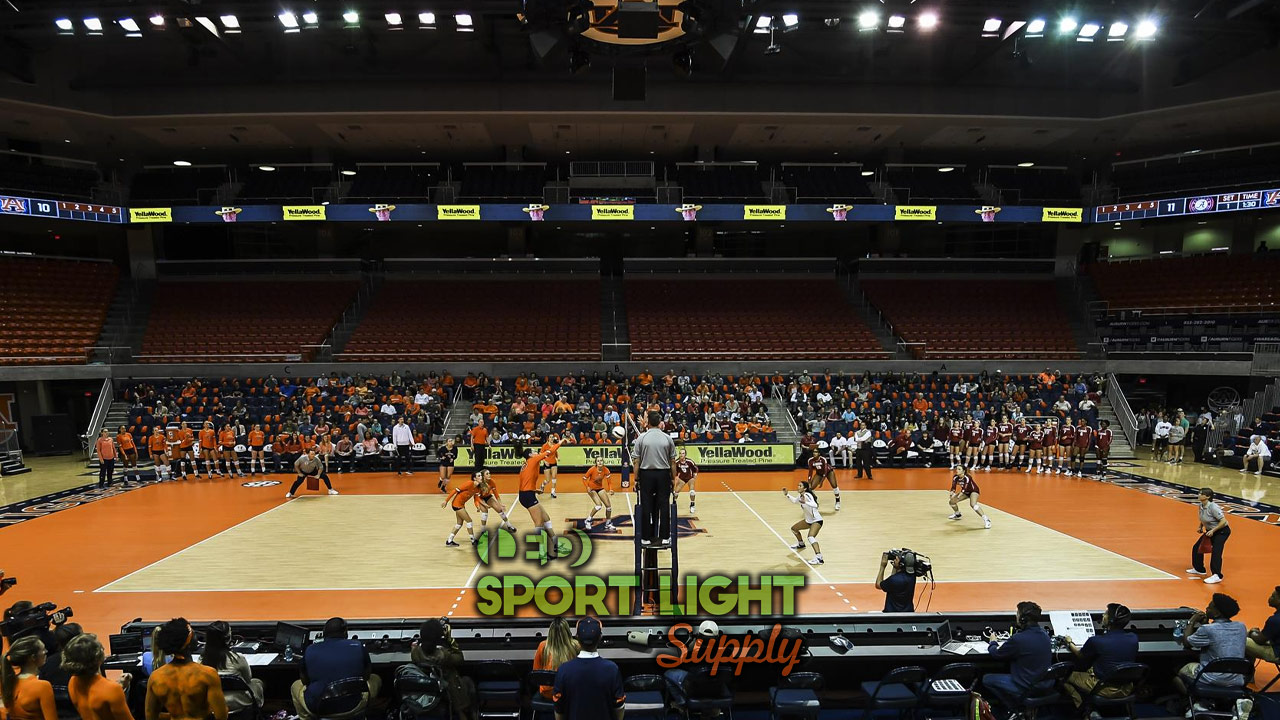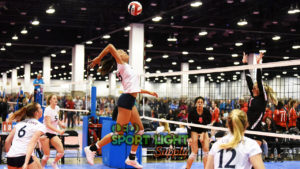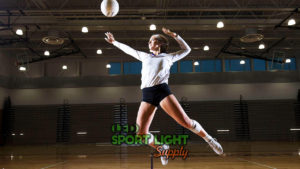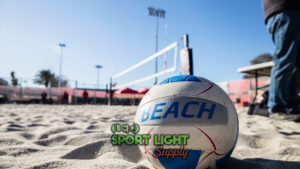Why should the standard & requirement for volleyball court lighting be lux?
Light defines the spaces we live in, like walls, coatings, and geometries. Similarly, artificial light sources provide illuminance on a volleyball court.
A lighting standard is a set of rules that ensure a comfortable vision and a safe environment. Besides, they are not the result of a unilateral decision. Every year or so, a new committee agrees with each requirement and updates the rules as soon as new tech becomes available.
With all this in mind, it is now easier to ponder about the limitations of having such a set of rules about lighting. For one thing, how are we going to measure illuminance? How can we tell if a light fixture is too bright or too dim? We should create dedicated units of measurement. Better yet, we all should use the same unit. In this way, we can implement the same standard everywhere on earth. Luckily, such a unit already exists: it is called lux.
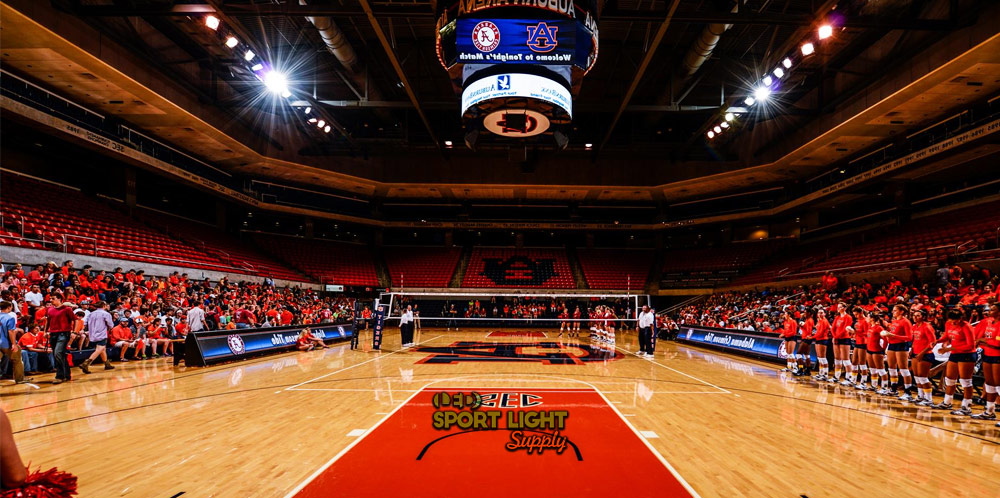
What is lux?
Lux (lx) is the ratio between the luminous flux on a surface and the selected area itself. In other words, it indicates the amount of light that hits a unit of surface. Simply put, lux measures the illuminance.
Unlike lumen (the unit of measure for brightness coming from the light source), lux puts the focus on the lit surface. For example, when you read that a volleyball court lighting standard is 200 lux, you can use that figure to calculate how many lamps you should install. Vice versa, you cannot determine how many floodlights you need with just the lumen output. Why? Because of many factors, including:
- the installation height
- the positioning of the lights
- light distribution
- level of competition
- presence of broadcasters
Today, lux is the official illuminance unit of measure listed in the International System of Units (SI). It is used almost everywhere. Except in the USA and other countries. Here, you can find other units of measurements, such as the foot-candle (1 fc = 10.76 lux).
Higher power consumption doesn’t mean brighter
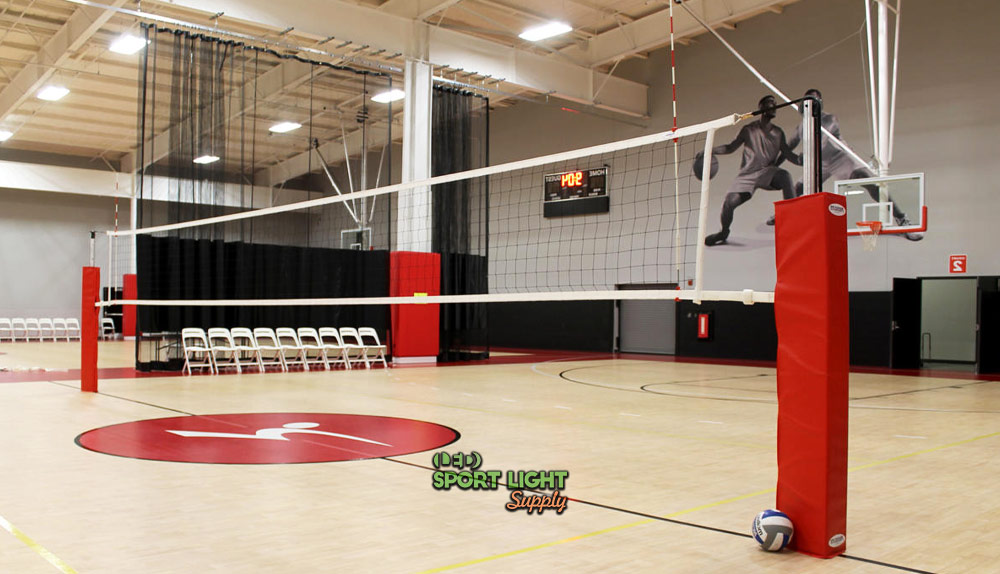
Some people still believe that a light source that consumes more watts is brighter than one consuming less. But of course, this could not be farther from the truth.
Illuminance is the result of the conversion of electricity into visible wavelengths. Thus, luminous efficacy is not the same for every light source.
In the same power consumption range, the brightness level change: incandescent (5 to 10 lm/W) < halogen (10 to 15 lm/W) < metal halide (65 to 90 lm/W) < fluorescent (80 to 100 lm/W) < LED (130 to 180 lm/W)
What you read between the brackets is the symbol for Lumen, the unit of measure of brightness. As you can see, different lamps provide different brightness values. Their lumen per watt ratios show that you can get more lumens out of one watt. It is all about different tech and materials.
Primarily, we use lux for the volleyball court lighting standard instead of wattage. Wattage cannot really help you to determine how many lights you need for varying volleyball activities either.
What is the lux requirement of volleyball court lighting?
1. Residential or Training: 200 to 400 lux (19 to 37 fc)
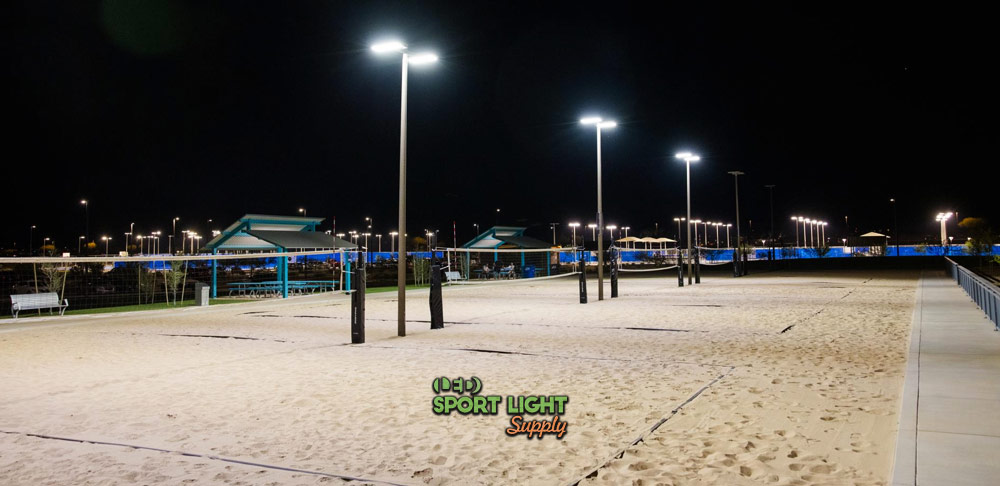
Volleyball training revolves around a few essential skills. With just two players, you can do volleyball drills such as a bump. Or any quick-set tactic. On a sand volleyball court, hitters can develop a better chop shot. And so on.
The lux level necessary for training or residential use is the lowest of all. After all, the illuminance level should just prevent injuries. Or the accidental bumping into each other.
2. High school, college, or local competition: 500 lux (46 fc)
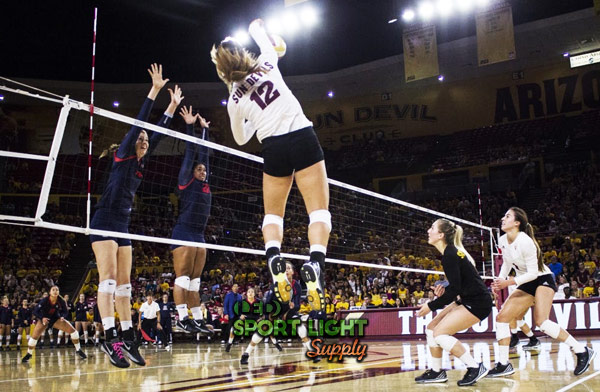
A high school or a college rep needs to ensure the best lighting conditions for junior volleyball competitions. For example, the US Volleyball Open National championship draws more than 500 volleyball teams. Most players are between the age of 18 and 78. So, it is only natural that the lighting standard is slightly more demanding than for rec use.
Local competition and social volleyball leagues may attract students and the public. So, a better lux level should always be maintained at all times.
3. Regional broadcast: 800 lux (74 fc)
Television coverage of sports and volleyball teams assumes knowledge of their progress. As well as their rules of conduct. Likewise, the lighting standard for broadcasting aims for refined details. It includes the necessary steps to provide optimal lighting conditions. Both for recording and streaming.
Regional broadcast needs a higher lux requirement. Mostly because the broadcasters use better video cameras. Their equipment works best if the illuminance level is optimized. Plus, they need you to install flicker-free lights. To be more precise, flickering can make the recording or streaming of a match almost unbearable to watch.
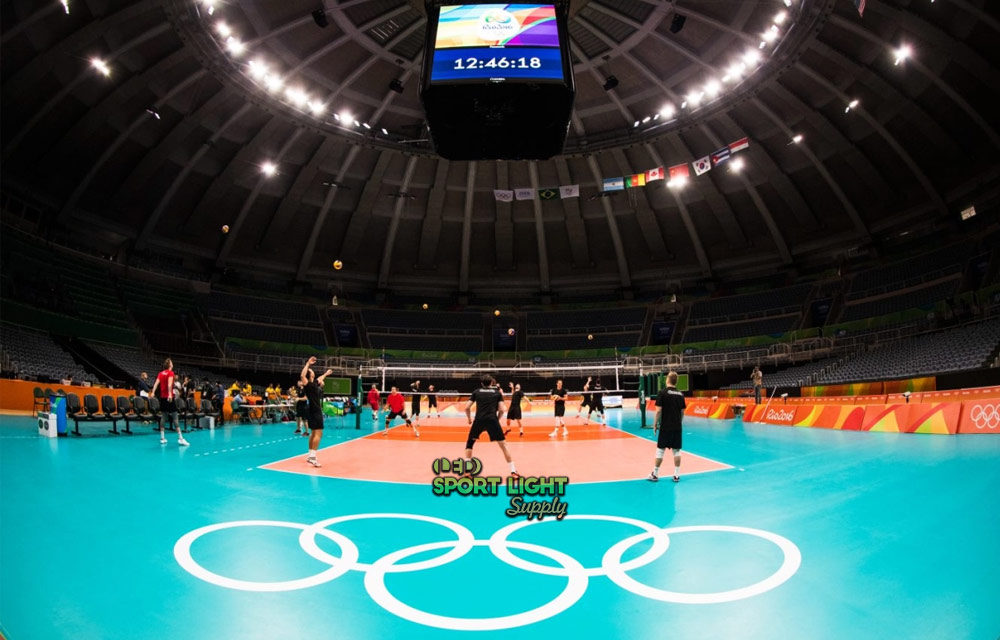
4. National broadcast: 1,000 lux (93 fc)
Live coverage of the sporting event is based on the two parameters. They are space and time. In particular, by definition, live coverage homologates television time to real-time.
A total amount of 1,000 lux is ideal for broadcasting a live volleyball match. In short, such a lux level transmits the same sensations of attending the event. In detail, video cameras pick up better contrasts, realistic colors, and no shadows.
First-class athletes deserve the best level of achievable illuminance, after all.
How to measure lux values in the volleyball court
1. Using a physical lux meter
A lux meter is a professional tool. In detail, they measure light conditions and intensity. But reliable lux meters should meet these criteria:
- Equipped with a suitable sensor. In short, the type of sensor is crucial. Mostly because the right one can detect ambient light, just like the human eye. Our eyes have a different sensitivity to colors and wavelengths. For example, they perceive yellow and green light better than red or blue. So, the sensor must mimic our way of seeing.
- Use the v-lambda curve. In detail, the lux meters that analyze the illuminance according to the V(λ) curve (a.k.a. daytime curve) are the most suitable for meeting the volleyball court lighting standard.
- User-friendly design. A lux meter with a well-structured menu is more intuitive. Moreover, this feature increases measurement efficiency and accuracy. In fact, measurement errors caused by accidental incorrect entries happen every day. Even to experts.
- Big display size. Like all measuring tools in general, lux meters should be equipped with a large display. In this way, you can read the findings quickly and correctly. Plus, a big screen helps to avoid detection errors. Especially if speed is vital when it comes to multiple or recurring testing procedures.
2. Via smartphone
Recently, some developers released apps for getting lux values via the front camera. They work with Android and iPhone smartphones and are reasonably correct in detecting the lux values.
Mainly, these apps rely on the sensor inside the front camera. So, the better the sensor, the more accurate the readings, allegedly. You can use these apps to get an idea of what lux level you have on your volleyball court. But you should rely on professionals’ photometric reports for more reliable results.
You can use these lux meter apps for calibrating the lux level at the lowest level. That is, for training or recreational use.

